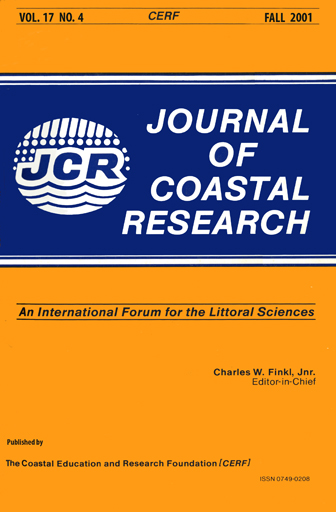Sedimentological and Taphonomical Differentiation of Quaternary Marine Deposits, Bahia Blanca, Argentina
Keywords:
Coastal paleoenvironment, Pleistocene, Holocene, grain size evaluation, mineralogy, molluscan fauna.Abstract
The last two Quaternary transgressive-regressive events (Late Pleistocene and Holocene) left abundant marine deposits along coastal areas in various regions of the world, including the Bahia Blanca Estuary in Argentina. In this work, the sedimentation paleoenvironmental conditions prevailing during the marine transgressions are established, on the basis of sedimentological and taphonomic characteristics. Analysis of the two deposits, which are located well inland of the current littoral zone and are separated by an unconformity, shows that Pleistocene materials are distinguished by a higher degree of cementation, specially in the uppermost part of deposit. Sedimentological and taphonomic features reflect differences in the dominant sedimentation regime. The Pleistocene deposit, with sediment finer grained and less well sorted, were formed under lower energy conditions with an important role of stream flows carrying lithic material coming from coastal formations. The Holocene transgressive maximum is proposed to have given rise to a coastal geography more exposed to the action of storm waves (concentrated fossils in beach ridges), with sediments mobilized by coastal drift. The diversity difference of the marine fauna (Pleistocene: 17 species, Holocene: 106 species) suggest a Pleistocene ecosystem poor for the development of organisms. The disappearance of species between the two transgressive events would be indicative of a fall in the sea water temperature.


